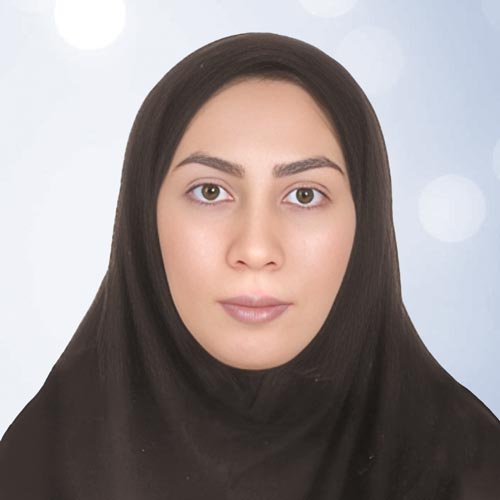کمیته علمی

دکتر مریم منعمیان

دکتر فرناز صدیقین

دکتر مهنوش تاجمیر ریاحی

دکتر حسین ربانی

دکتر علیرضا دهقانی
رئیس کلینیک چشم پزشکی دیدآوران
معرفی چالش
ماکولا ناحیه ی مرکزی کوچک از شبکیه چشم است که تیز بینی (VA) را کنترل می کند. توانایی خواندن ، تشخیص صورت ها ، رانندگی ، تماشای تلویزیون ،استفاده از کامپیوتر و انجام دادن هر کار بینایی که نیازمند دیدن جزییات باشد با سلامت ماکولا تعیین می شود. هدف این چالش تشخیص بیماری های ماکولا از روی تصاویر OCT چشم انسان است. بیماری های ماکولا مورد نظر شامل ورم ماکولای دیابتی(DME)، تخریب ماکولای وابسته به سن(AMD)، نئوواسکولاریزیشن کروئیدال (CNV) و سوراخ ماکولا (MH) میباشد. در تصویربرداری های صورت گرفته، طول موج مرکزی، پهنای باند طیفی و نرخ A-SCAN مربوط بهSS – OCT به ترتیب 1064 نانومتر، 100 نانومتر و 100 کیلوهرتز بوده است.
در داده های این چالش افراد مبتلا به DME با برچسب “1” (73 نفر)، افراد سالم با برچسب “0” (54 نفر)، و بیماران غیر دیابتی با اختلالات AMD، CNV، یا سوراخ ماکولا (MH) با برچسب “2” (64 نفر) نمایش داده شده اند. هر فرد شامل 300 B-scan با وضوح 300 تا 1200 در 300 پیکسل است. این تصاویر در مجموعه داده با عنوان “1- Raw Dataset ” موجود است.
از آنجایی که برخی از داده ها کیفیت پایینی دارند یا ناحیه ماکولا ضبط نشده است، ارزیابی کیفیت (QA) بر روی تصاویر مرحله قبل انجام شده است تا تعیین کند که آیا B-scan برای تجزیه و تحلیل های بیشتر مناسب است یا خیر. برای مرحله آماده سازی داده ها، ارزیابی کیفی دستی انجام شد. داده ها به دو دسته تقسیم شدند: 190 پوشه از B-scan های واجد شرایط و 188 پوشه از B-scan های غیر واجد شرایط. هر پوشه شامل 1 تا 300 B-scan است. و همه B-scan ها در هر پوشه به یک فرد خاص تعلق دارند. داده های آموزشی برای QA در ماتریس “0-QA-data” موجود است. برای آموزش QA از روش Deep Convolutional Neural Network استفاده شده است. در مرحله بعد از QA برای ارزیابی کیفیت تصاویر مجموعه ” 1-Raw Dataset ” استفاده شد. و افراد با بیش از 30 B-scan واجد شرایط انتخاب شده اند.
ساختار داده ها:
1-Raw Dataset: شامل 191 پوشه از تصاویر خام است. هر پوشه مربوط به یک فرد شامل 300 B-scan با وضوح 300 تا 1200 در 300 پیکسل است.
2-Raw Dataset QA: شامل 124 پوشه است که پس از ارزیابی کیفیت تصویر با برش خودکار به دست آمده است. هر سوژه شامل 30 تا 300 B-scan با وضوح 300 در 300 پیکسل است.
3-Enhanced Dataset QA: شامل 124 پوشه است که پس از افزایش کنتراست تصویر با استفاده از تبدیل گاوسی و نرمال سازی روی ”2- Raw Dataset QA” به دست آمده است.
4-Denoised dataset QA: شامل 124 پوشه است که پس از حذف نویز و نرمال سازی بر روی تصاویر “3-Enhanced Dataset QA” به دست امده است.
:Aligned Dataset QA شامل 124 پوشه است که پس از تراز کردن تصویر با کمک لایه ILM با استفاده از روش نیمه اتوماتیک و نرمال سازی بر روی “4-Denoised dataset QA”به دست آمده است.

